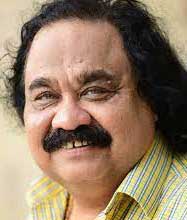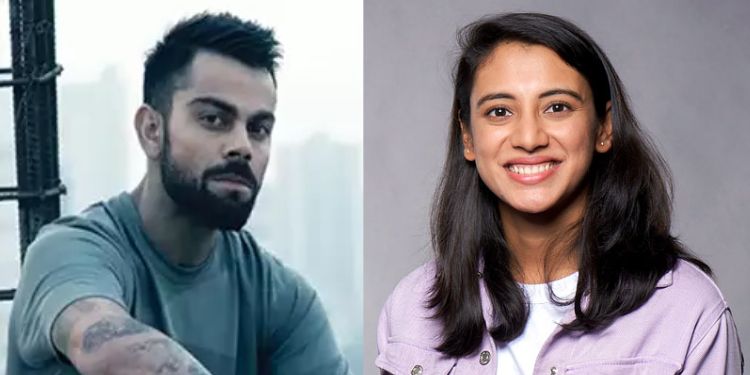BCCI has announced equal international match fees for Indian women and men cricketers.
Sponsorships and endorsements depend on viewership and popularity. But will the BCCI move be a step towards pay parity on sponsorship of women’s cricket and brand endorsers? Or will it have no consequence on those fronts?

Dhruv Jha, Co-Head, Mediabrands Content Studio, India, said, “I see this as a great step towards gender equality in cricket, more a step towards pay parity for men and women cricketers, without discrimination! This is a big step to encourage women’s cricket in India.”
“This will not necessarily affect sponsorship/endorsement fees for women cricketers, the two are different. The latter is based on popularity, viewership and celebrity following/appeal.”

Lloyd Mathias, Business Strategist and Investor, remarked, “I think the BCCI decision is a step in the right direction. Cricket being India’s leading sport will set the standard for other sporting events and indeed society at large.”
“While it can be argued that men’s cricket is vastly more popular in terms of viewers and media rights – and hence the high pay-outs to men are justified; we must recognise that men’s cricket has grown in popularity over the years, and it will take time for women’s cricket to grow. The last few years have seen the sport grow and the emergence of a few stars.”
“Also BCCI and Indian cricket using its vast clout and considerable financial resources to make a statement on gender equality is a positive step, and will send a sharp message to organisations that discriminate based on gender. BCCI also has the deep pockets to take the lead.”

“Good populist measure by BCCI. But that is a monopolistic decision not supported by economic realities. Men’s cricket is multiple times the size of women’s cricket. Pay has to be in proportion to overall earnings not just a function of societal equality – that is the economic reality,” observed Sandeep Goyal, Managing Director, Rediffusion.

Bhairav Shanth, Co Founder ITW Universe, noted, “It is a great move by the BCCI to bring about a much-needed change and establish equal match fees for men and women cricketers at the international level. World over we have seen cases where backing and investing in women’s sports has made them popular making their commercial ecosystem larger which then has a positive knock-on effect on sponsorships, endorsements and the like. The Australian cricket set up as well as the New Zealand one have similar arrangements and over the years those incentives have paid off. Tennis Grand Slams have equal prize money as well and while it materially might not seem like a big difference, what that does is that it helps in attracting and retaining great talent who become the next generation of superstars by the power of their performances. Those stars then unlock value in the commercial ecosystem and for sponsors. This move will give a fillip to the renewed focus on women’s cricket and with the women’s IPL starting next year we are likely to see more competition leading to better performances all around and brands will be keen to capitalise on this. Sponsors have lined up to sign women superstar cricketers like Smriti Mandana and Harpreet Kaur and then a move like this also is a great signal for future generations who dream of playing for the national team.”

Neerav Tomar, CEO and MD, IOS Sports and Entertainment, said, “I believe that we will be seeing a change on that front over time. It was a big step which was taken by BCCI with regards to the equality in the match fee for both men and women. There has been an increase in interest with regards to women’s cricket and our women cricketers have been performing amazingly well. And when a genre of sports sees a gradual increase in its popularity, the governing body will definitely do their best to keep that momentum going.”

The BCCI has addressed a longstanding issue across sports, says Jogesh Lulla, COO, Cornerstone Sport.
“What BCCI has done is absolutely fantastic! This has been a longstanding issue in all sports. Hopefully this will have a rub off effect on all the other sports as well.
“On the sponsorship front however, fees are decided based on the category they are endorsing and the popularity of the athlete. In some categories women are paid way more than the men and vice versa,” he adds.
Has the endorsement fees of women sportspersons gone up over the last few years? What is it as compared with men? Is it going up at the same rate?
According to Shanth, “Yes, over the last few years we have definitely seen a rise in the endorsement fees a female sportspersons can demand, with brands willing to shell out more for their rising popularity and star power, there is a corresponding increase for male athletes as well For example, a player like Rishabh Pant has seen his fee grow 3X from 2017 to 2022. Jemimah Rodrigues, with a similar career trajectory in that time period has also seen a 3X growth. In fact on average, in 2017, marquee male cricketers earned around 10X the endorsement fees earned by marquee women cricketers. By 2022, this gap has now shrunk to around 5-6X implying that the fee for women cricketers is rising equally or even marginally faster. The main difference being that only a handful of female stars are able to attract the bigger brands while the pool of male sports stars is larger and gives brands more flexibility.”
Cornerstone’s Lulla adds, “Yes the sponsorship fees for women athletes have been rising. This is a result of them performing outstandingly and winning laurels for the country along with the increased visibility of women’s sports as well as growth in social media.”
“As I said that there is more awareness about women’s cricket and their performances now. With Bollywood also going full throttle on women’s cricket and sportspersons’ biographies, it is a testimony to how women’s cricket and sports in general in India is on the upswing for all the right reasons. So, there is definitely an increase in the endorsement fees for the women in sports,” surmised Tomar.

















